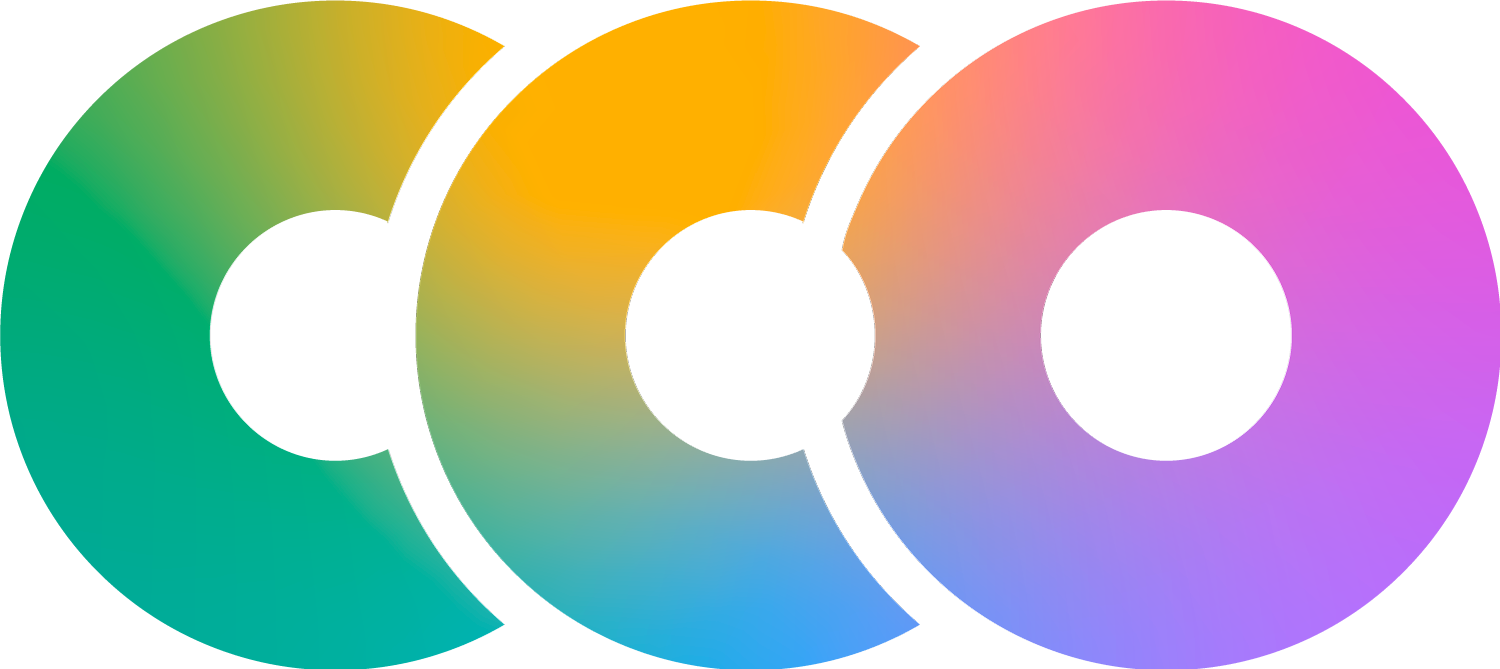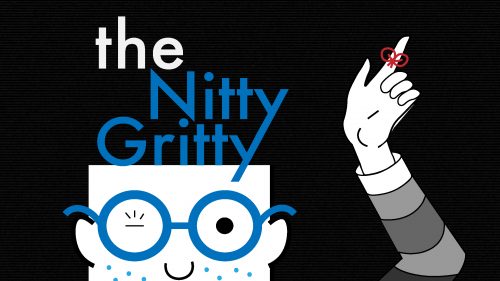Define, Map, and Understand the Problem:
1. Work to understand the user.
- Personal accounts/stories: We will cultivate a collection of stories and narratives from people so that we can develop a better understanding of their lives and experiences. These accounts will be unfiltered and direct.
2. Look at the Bigger Picture.
- How do personal accounts fit into regional, national, international trends?
- How do current systems/structures/organizations fit together?
- How do each of them play into current spatial equity/inequity?
- Mapping Current Systems and Structures.
- At Present: look at and pull from local, national, and international systems, structures, policy, programs, and other relevant data.
- Evaluate and Map: Look at the harmful and helpful current policies, practices, and data.
- How do they help or hurt designing for spatial equity?
- What concrete things need to change to support spatial equity?
- Show Importance: Provide data as to how policy and local legislature can impact and evolve design.
- Current Happenings: Find any existing research-informed and equalizing structures, systems.
- New science-informed modifications and design interventions to come in the design section.
- Evaluate and Map: Look at the harmful and helpful current policies, practices, and data.
- At Present: look at and pull from local, national, and international systems, structures, policy, programs, and other relevant data.
3. Historical Perspective:
- Individual, local, regional, national, international dynamics of power and control between dominant and majority groups.
- How do these histories contribute to modern-day systems, structures, and society?
- How and why did this all begin?
4. Systems Thinking: understanding – through a multifaceted approach – a holistic view of an issue to define the problem:
- Apply the above ‘at present’ and ‘historical’ methods throughout each system.
- Look across numerous fields – encompassing economics, psychology, sociology, anthropology, arts/culture, governance/policy, education, etc.
Research Considerations:
- Feasibility: How do we ensure this work is feasible and done to the best of our abilities?
- Is it possible to work with this given person or organization?
- What is our task?
- What are we asking of them?
- Are we on the same page between all parties and is communication clear?
2. Go-No Go Decision: when collecting research, how do we decide which people, organizations, and avenues will be the most useful for us to pursue and spend time on?
- Will this work positively contribute to our understanding of equitable design?
- What sector do they fall under?
- How will they expand our knowledge and understanding of spatial equity and the bigger picture?
- Will this research feed into our longer-term design goals and methodology?
- The research should support, enhance, and cross-examine the process, not lead to old, faulty, or well-documented information.
- Can we make our work and resources accessible and methods more transparent?
- Are there any reasons why we shouldn’t pursue this angle, organization, or individual for research?
- Are there conflicts of interest?
3. Test, Observe, Improve, (Repeat).
- Narrow and sharpen the problem.
- Find verifiable sources:
- Original Research, interviews, first and secondhand accounts.
- Primary sources and observations.
- Multidisciplinary sources: journals, scientific articles, policies, etc.
- Fill in the story gaps.
- What are we missing?
- Who is not represented?
- Is there an equal exploration of experiences, organizations, sectors, structures, and systems?
- Write and Rewrite.
- Fact and source check.
- Edit thoroughly and have others review
Design Structure and Considerations:
- Continually feed off of Research.
- Every part of the design process should loop back into new and old research and insights.
- Every decision should be related to and supported by the research.
2. Enhance general suggestions with specific, local, research and relevant experience.
- Always customize prior to implementation per group or individual.
3. Prototype and Test.
- Continually ideate, enhance, prototype, test and retest.
- Start with small scale interventions and build up.
- On the trends we discover: formulate design metric/guides.
- What is the design intervention needed? Is it top-down (macro-scale), bottom-up (micro-scale), both?
- User Feedback.
- Are we successfully responding to the user’s needs?
- Does the design intervention make a space more equitable?
The Aftermath:
- Publication.
- How do we publicize research, interventions, and insights which remain unfiltered and fair to those we researched?
- Keep research unedited – can summarize key points, but, the full interview or research will always be available.
- Platforms:
- Will publish across CCD, Linkedin, Youtube, Instagram, Facebook, and Twitter.
- For recorded interviews: the full interview will be posted on Youtube, trailers on social media – along with a general synopsis of what is covered in the interview and where people can find the full video.
- Excerpts and written summaries will be approved by the interviewees to ensure it fairly encapsulates their talk and experience.
- For written interviews or articles: posts will use engaging questions and quotes pulled from the article to use in social media.
- If representing a person or organization, an approved image might be used as a graphic element.
- A similar process of approval will be done for the written summary or interview – collected information and media posts will be approved by the individual or organization before publication.
- For other forms of research not directly involving an organization or individual: the source will always be linked into and made available in the synopsis/summary pulled.
- This ensures transparency for readers to get a deeper overview of the information.
- All information will remain free and available on the CCD webpage under the focus ‘Design for Equity’.
- Creative Commons material- free to use and distribute with attribution.
- For recorded interviews: the full interview will be posted on Youtube, trailers on social media – along with a general synopsis of what is covered in the interview and where people can find the full video.
2. Follow-up.
- Check to see if our design interventions and research are still relevant.
- How have times, situations, and structures changed?
- How can we integrate natural changes into the design structures?
- Ensure scalability and flexibility in design?
See also:
Investigative Design Methodology.
The Nitty-Gritty is a part of the Design for Equity methodology. We further our work in our code of ethics piece and our more detailed back-end process. We’ve separated these works to keep everything streamlined and neater, but we’ve linked them above for you in our commitment to transparency.

